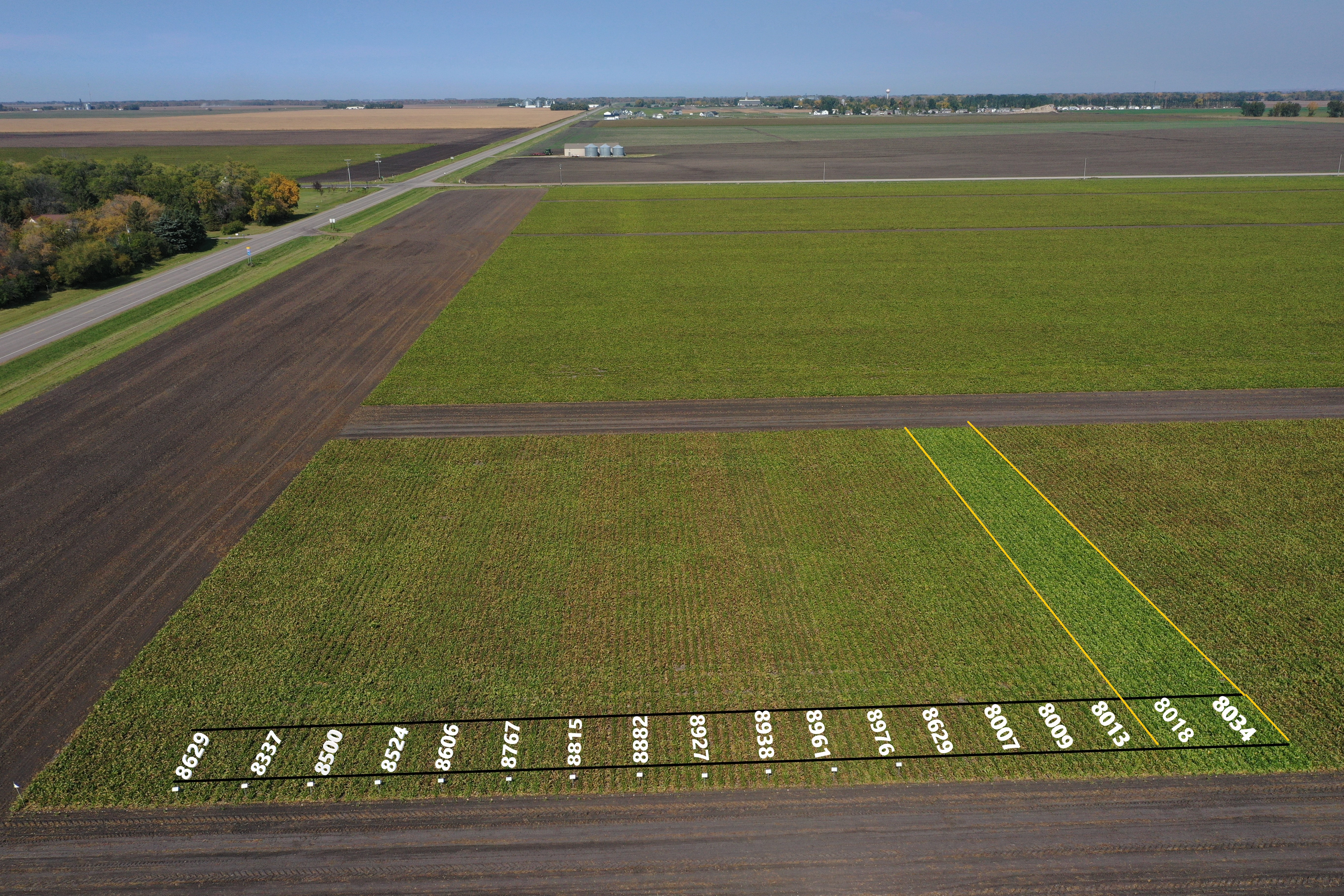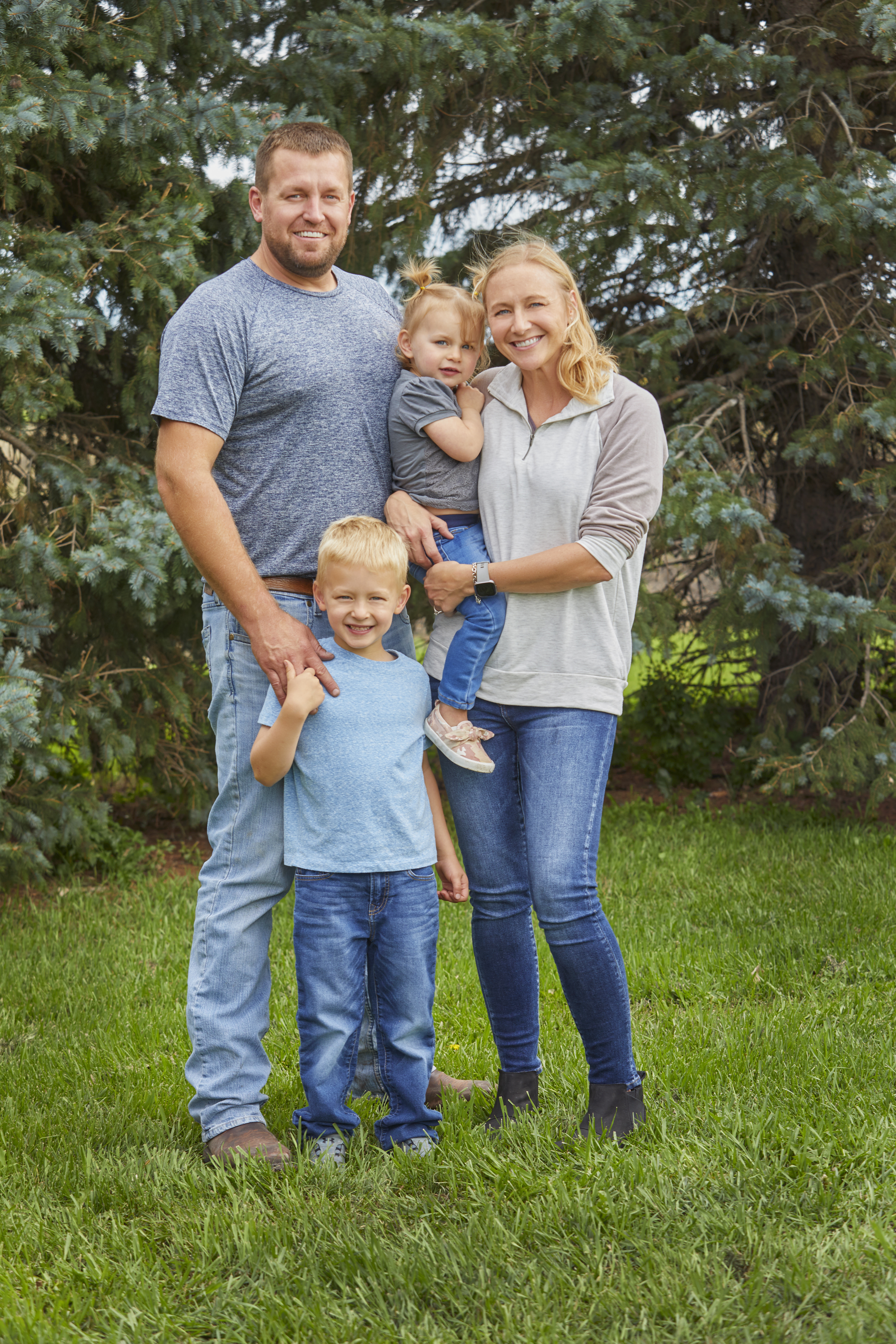It’s 6:00 on an August evening on a fifth-generation family farm near Comstock, Minnesota. Dinner is nearly ready and Molly Askegaard is wondering where her husband is. A quick cell phone call confirms her suspicions: he’ll miss dinner because he’s out spraying beets.
“My wife is a city girl, and she says it seems like I’m always in the sprayer,” says missing spouse Ben Askegaard. “This time of year, I can’t argue. We’re all pretty sick of it.”
Askegaard is entering the fourth quarter of his ongoing contest with a familiar foe: Cercospora leaf spot. It’s a relentless disease that turns sugarbeet leaves brown, short-circuits sugar production and sharply cuts beet yields. And while the constant fungicide treatments can be time-consuming, Askegaard says that they easily beat the alternative.
“The spraying gets old, but if you get behind the 8 ball on this stuff, you are in serious trouble.”
It is a position he knows all too well following a 2020 growing season that he characterizes as a “train wreck.” Rampant Cercospora led to a disappointing harvest and a significant dip in sugar production. So this particular August evening, he’s busy finishing up his fourth spray regimen even as he reluctantly admits the likely need for a fifth. At $20 to $30 per acre for each application, it adds up to a large investment across his 650 acres of beets. Askegaard notes that he has wheat to harvest, ditching to do, and a large list of additional duties that are all joining tonight’s dinner on hold because he’s stuck in the sprayer.
Sadly, he is not alone. The problem of Cercospora has only grown in recent years as the disease has adapted to thwart increasingly aggressive spray programs. Co-ops have been able to offer some help through strip trials that help to define the most effective spray mix, but that relief only keeps growers one short step ahead of the disease. Each field is part of a vicious cycle with impacts to costs, the environment and work-life balance.
Luckily for growers like Askegaard, there is a new approach available, one that promises to be a real game-changer: genetics.
KWS, a global sugarbeet seed partner since 1856, is the world’s leading developer of genetic sugarbeet performance traits. In 2020, KWS introduced CR+, a new source of Cercospora tolerance that offers sugarbeet growers protection and performance to ensure productivity (covered in the May 2020 issue of Sugar Producer). Betaseed hybrids that carry this trait offer growers additional tolerance to Cercospora disease while maximizing and securing yield, and offering the possibility of reducing fungicide applications.
The promise of less spraying was enough to convince Askegaard to dedicate several acres to hybrids with the CR+ trait in 2021. Among his 650 acres of beets, he planted 190 acres of the new seed trait and calls the results “amazing.”
“The CR+ rows looked really clean compared to the others,” says Askegaard. “The visual difference was significant; there was just not a heck of a lot of Cercsopora in those plants.”

This strip trial in Glyndon, Minnesota, highlights healthy CR+ varieties resistant to Cercospora grow healthier beet plants.
Even more encouraging, this reduction in Cercospora has led Askegaard to skip several of the spraying passes for acres with the CR+ trait.
“We have only sprayed the CR+ rows twice versus four times for our traditional rows,” Askegaard says as he nears the finish line of the 2021 growing season. “Based on what I’m seeing, those plants won’t need any more spraying at all, even as we move into a fifth treatment for the others.”
Perhaps the biggest endorsement of the CR+ trait comes when Askegaard is asked about his plans for 2022. In short, he is all in: “I’ll plant as much CR+ as I can get my hands on,” he says. “This will be a significant tool in our toolbox going forward.”
Yields are important, but Askegaard notes the biggest draw to planting the CR+ trait is to get out of the sprayer and on with life. He says his goal is to take his weekends back and spend more time at the lake with his two young children and his wife.

“We’re a busy family,” says Ben Askegaard, pictured with his wife Molly and their children. “I have better things to do than to sit in a sprayer all summer.”